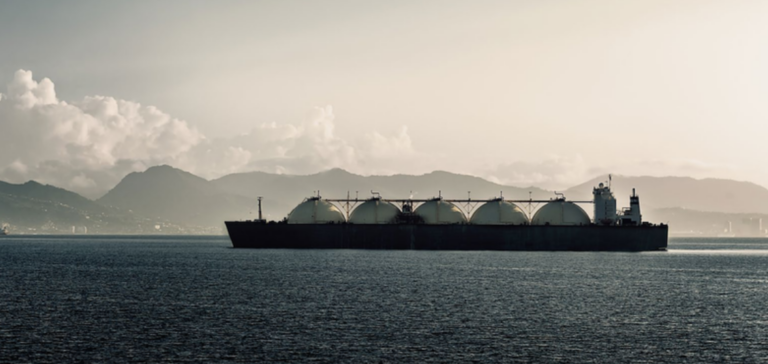The global liquefied natural gas (LNG) industry is facing unprecedented logistical challenges. Asian importers, particularly from South Korea and Japan, faced with restrictions at the Panama Canal, are turning to alternative routes to secure winter LNG supplies. This situation reveals the complexities and vulnerabilities of global energy supply chains.
Kogas and SK E&S strategies for dealing with Restrictions
The Hyundai Princepia, chartered by Korea Gas Corp. (Kogas), is a striking example of this trend. Departing from Sabine Pass in Louisiana, the ship chose the Suez Canal route, avoiding the increasingly constrained Panama Canal. This decision comes against a backdrop of reduced booking slots for Neopanamax locks, affecting various types of vessels, including LNG carriers.
Impact of Weather Conditions on LNG Supply
Weather conditions also play a role in this complex equation. The Korea Meteorological Administration forecasts slightly above-normal average temperatures for South Korea from November 2023 to January 2024. However, the experience of a cold snap last winter, which led to increased electricity consumption and demand for LNG, remains fresh in our minds.
Logistical alternatives for Japanese importers
Meanwhile, Japan, another key importer of US LNG, is also exploring alternatives. Restrictions on the Panama Canal are prompting Japanese importers to consider routes such as the Suez Canal or the Cape of Good Hope, and even LNG cargo swaps. These strategic adjustments are essential to ensure continuity of energy supply in the face of global logistical constraints.
These developments underline a broader trend in the global LNG trade. As the world’s energy markets become increasingly interconnected and interdependent, flexibility and adaptation to change are becoming key skills for industry players. Asian LNG importers are at the forefront of this adaptation, skilfully navigating an ever-changing energy and logistics landscape.
The strategic reorientation of Asian LNG importers, in response to the Panama Canal restrictions, highlights the importance of logistical flexibility in the global energy trade. This trend could redefine LNG trade routes and have long-term implications for global energy supply.






















